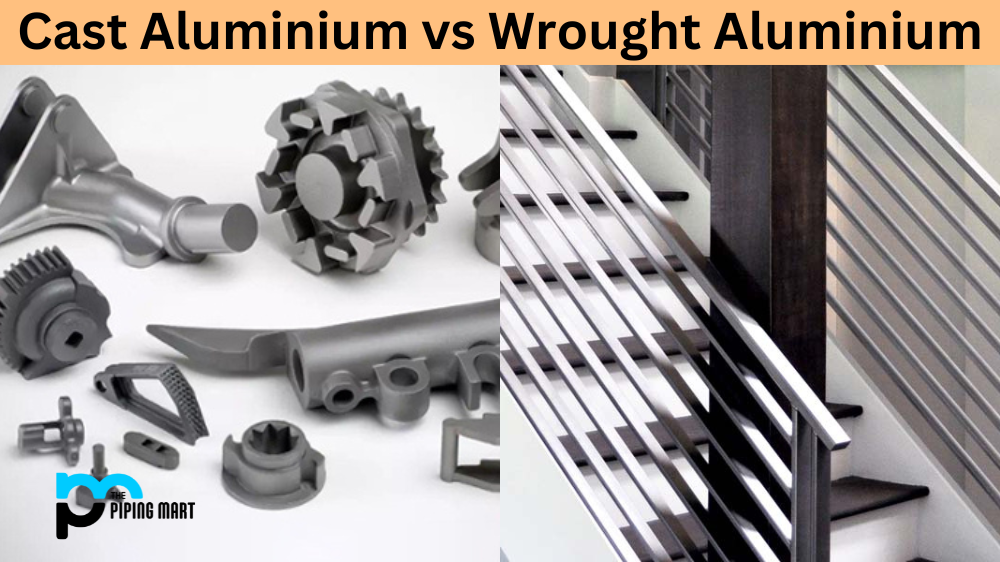Steel is essential in modern life, but not all steel is created equal. While both normal steel and stainless steel are strong, durable materials with various uses, there are some key differences between them that should be considered when deciding which type of steel to use for a particular project. Let’s explore the differences between these two types of steel.
Difference Between Normal Steel and Stainless Steel
The primary difference between normal steel and stainless steel lies in the composition. Normal steel contains iron, carbon, and other alloys; it does not contain chromium or nickel. In contrast, stainless steel contains at least 10% chromium and sometimes other elements such as nickel and molybdenum. This makes stainless steel more resistant to corrosion than normal steel.
Another important factor to consider is cost. Generally speaking, normal steel is less expensive than stainless steel due to its simpler composition. However, this cost-benefit may be negated by other factors, such as maintenance costs over time; stainless steel requires less maintenance than normal steel due to its superior corrosion resistance.
Finally, there are aesthetic considerations when choosing between these two types of metal. Because of its higher chromium content, stainless steel has a shinier appearance than normal metal—making it great for use in applications where aesthetics are necessary (e.g., handrails). Additionally, because stainless steels have low levels of magnetism compared with other metals like iron or aluminium, they can be used in applications where magnetic interference needs to be kept to a minimum (e.g., medical equipment).
- Normal steel is an alloy of iron and carbon, while stainless steel is an alloy of iron, chromium, and carbon.
- Stainless steel is more resistant to rust and corrosion than normal steel.
- Stainless steel is more expensive than normal steel.
- Stainless steel is more difficult to weld than normal steel.
- Normal steel is available in a wider range of shapes and sizes than stainless steel.
Conclusion:
Ultimately, the decision between stainless steel and regular steel comes down to individual preferences and needs. Stainless steel is a good option for those who carefully weigh their decisions when spending their hard-earned money on metal products. It’s unbeatable in appearance, longevity, strength, and performance under extreme environmental conditions. Regular steel has its pros as well, being a more cost-effective alternative with excellent forming capability, versatility, mechanical properties and strength in many applications. Additionally, heavy carbon steel has superior wear ability over stainless in abrasive applications making it very popular when toughness is required at the expense of corrosion resistance. This blog post has provided insight into the differences between stainless steel and regular steel so you can decide between them to suit your needs!

A passionate metal industry expert and blogger. With over 5 years of experience in the field, Palak brings a wealth of knowledge and insight to her writing. Whether discussing the latest trends in the metal industry or sharing tips, she is dedicated to helping others succeed in the metal industry.




